Royston Cave
Man-made cave with enigmatic carvings, some say made by the Knights Templar themselves.
It was August of 1742, and workmen for the Mercat house were trying to dig a post hole for a bench, but had struck what seemed to be a buried millstone. When the workmen dug around the millstone and pulled it up, they found it was in fact a kind of door blocking a large shaft, 2 feet across and 16 feet deep with toeholds cut into it like a ladder.
Not necessarily the most courageous of workmen, a young boy was sent down to investigate. What he found was a strange cave partially filled in with earth. No one knew where or when this cave had come from. All that was found within was “decayed bones and a skull, fragments of a small drinking cup and a small unmarked piece of brass.” Upon excavating the cave it could be seen that it was covered in unusual religious carvings of a very rough style. Even in 1742 the Royston cave was a mystery from the past.
What can be said with certainty is this: the man-made bell shaped cave (roughly 25 feet tall and 18 feet tall, and some believe modeled on the Church of the Holy Sepulchre in Jerusalem) is covered in religious medieval carvings, with nooks in the wall for storing something, all of which was likely done sometime between the 1300s and the 1600s. There is also some limited evidence – a post hole in the side of the cave – that the cave may once have had a wooden floor as well. But by whom and why all this was done are much harder questions to answer.
Though the carvings have been associated by some with the Knights Templar, a secretive sect of warrior monks who were said to have helped people on their pilgrimages to Jerusalem, there are some notable inconsistencies. By the end of the 1300s the Knights were seen as a heretical sect and were being heavily persecuted by the Church. Some of the carved figures appear to be shown in full plate armor which would place them at least 100 years after the disbanding of the Knights Templar. (Of course, then again, having a secret chamber makes sense for a disbanded heretical group.)
Alternative explanations have been given including that the cave was simply an Augustinian store house used by monks from the local priory to keep their produce cool and happened to double as a chapel for their devotions. This would also be consistent with the carvings. Though, curiously, along with the Christian imagery there seems to appear a notably pagan symbol.
Sheela na Gigs are carvings of naked women with an enlarged vagina, often shown pulling it open for all to see. A possible symbol of fertility and a ward against bad luck, the figure found its way across Britain and Ireland and onto a hundred or so Churches in the 1100s. Unfortunately this doesn’t shed any light on the origin of the carvings in the Royston caves, for like the other carvings in the caves, no one is quite sure of the Sheela na Gig’s origin or meaning. (It is also claimed by some that this is not a Sheela na Gig and is a robed figure that was later altered.)
There is another alternative explanation that has the ring of truth about it. According to archeologist Keith Fitzpatrick-Matthews, a hermit lived in Royston in 1506 and left the church his fortune. Later in 1540 a “Pryson Howse” is mentioned in a sale record, possibly referring to the cave, which may have been intended for use as a oubliette or dungeon. Regardless, whether carved by Knights Templar, monks, a hermit or some other mysterious group, the Royston caves have as much if not more mystery to them today as they did in 1742 when they were first discovered.
In the 1790s an enterprising neighbor of the cave dug a tunnel from his house into the cave and began charging admission, which is still how you access the caves today.
Know Before You Go
The cave is open April to September, weekends and Bank Holidays. Tours must be booked online.
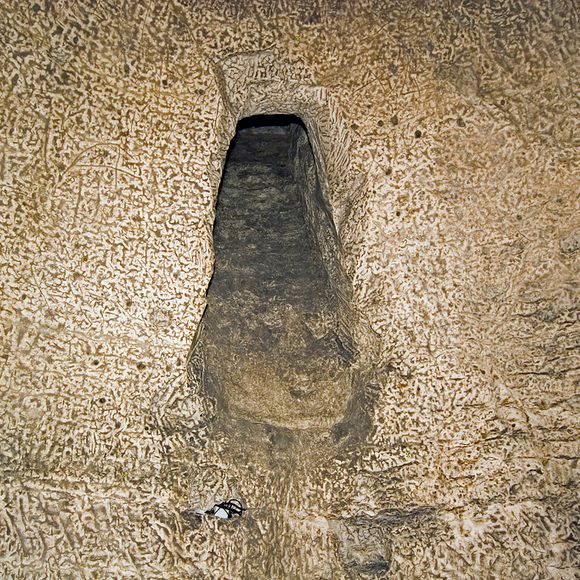

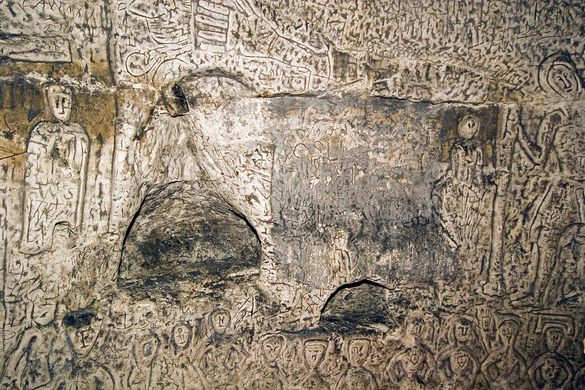
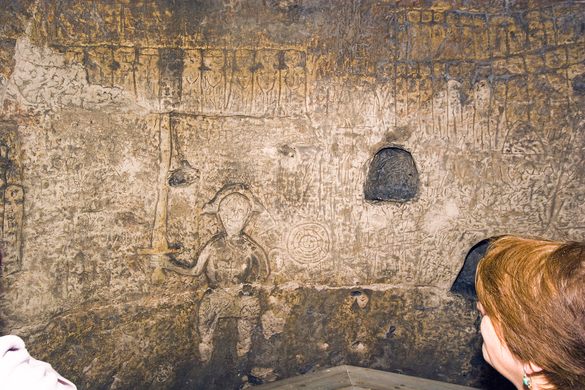
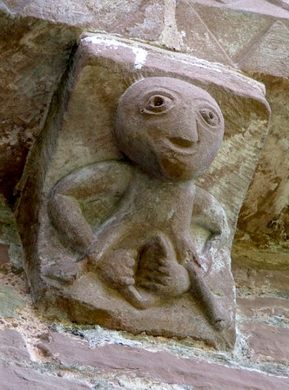
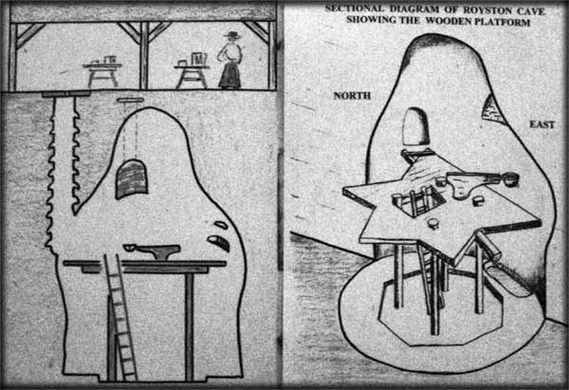
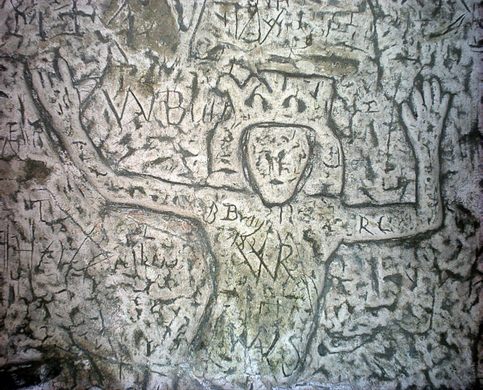
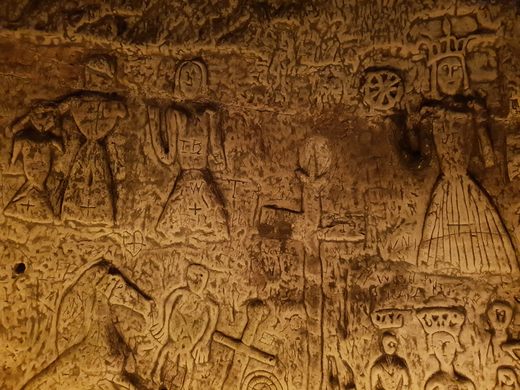
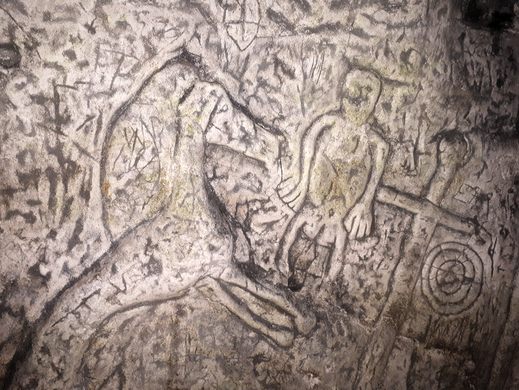










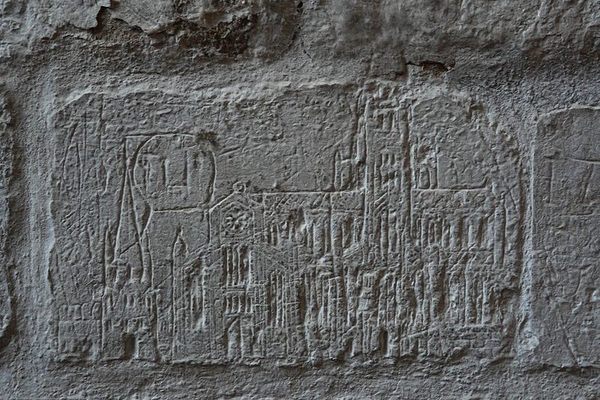


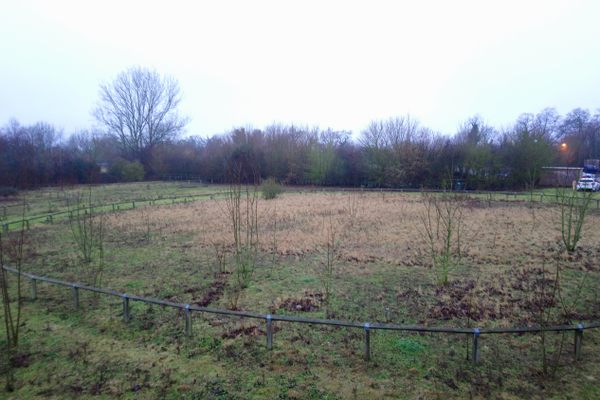
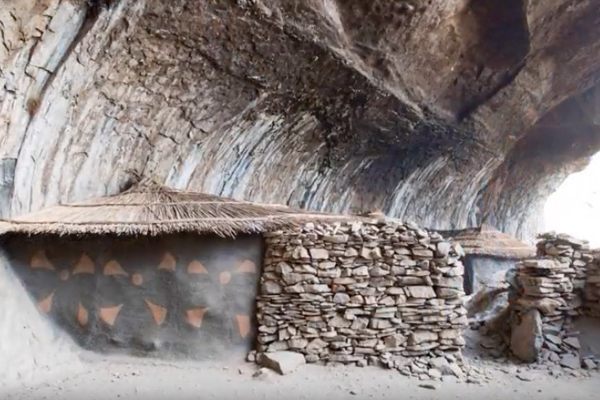




Follow us on Twitter to get the latest on the world's hidden wonders.
Like us on Facebook to get the latest on the world's hidden wonders.
Follow us on Twitter Like us on Facebook